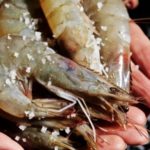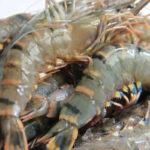Choose to buy delicious shrimp
When buying shrimp, you should choose the ones that are still swimming well, with clear, shiny shells, tightly stuck heads and bodies, intact whiskers, and no black heads or feet. With larger shrimp, you can press your fingers against the body to check its firmness. Do not buy shrimp that are soft, with heads and feet detached from the body.
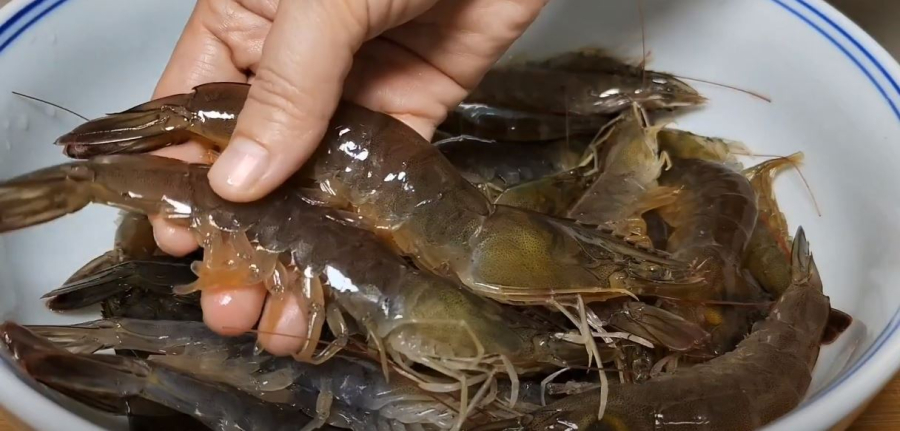
Prepare the shrimp
The shrimp should be prepared immediately after purchase to ensure freshness.
For small shrimp, you can cut off the long whiskers to make them more compact and easier to store.
For larger shrimp, use scissors to diagonally cut the head to remove the digestive system and pull out the black thread on the shrimp’s back. In addition, you can also make a small cut on the shrimp’s back to remove the black thread. There are many ways to remove the intestines and back thread of the shrimp, you can choose the method that you find easiest to do.
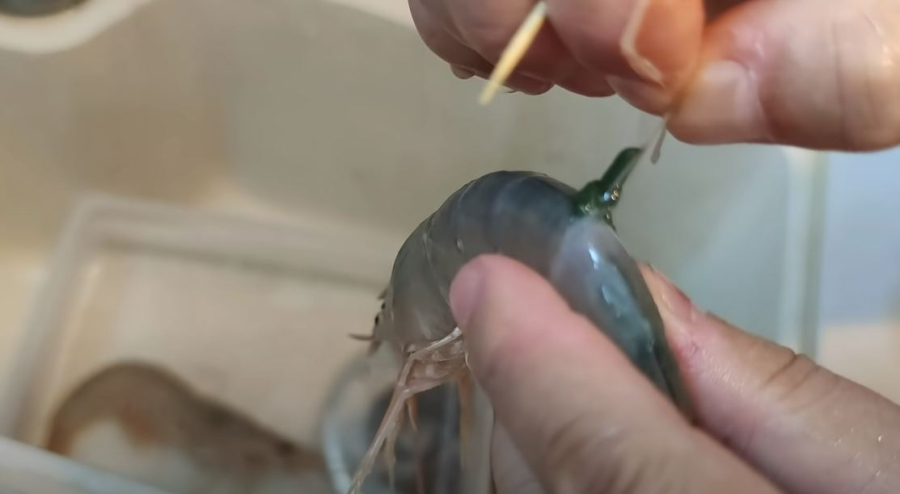
To preserve the shrimp for a long time, it is necessary to remove the waste from the head and the intestines of the shrimp. This is where many bacteria and harmful substances are found, which are not good for health. In addition, when freezing, the shrimp shells are quite hard, so the freezing process will take longer. Meanwhile, the process of destroying enzymes in the digestive system and intestines of the shrimp still takes place. This makes the shrimp susceptible to blackening and having a fishy smell. Therefore, when preparing the shrimp, you need to remove all of this part.
After preparing the shrimp, rinse them with clean water and allow them to drain or use paper towels to dry the water on the shrimp.
Preserve the shrimp
Marinate the shrimp with a little cold beer or white wine, add a little sugar. Mix well so that the spices cover the entire shrimp. Alcohol and beer have a certain alcohol content, which has the effect of sterilizing and eliminating the fishy smell of shrimp. Meanwhile, sugar will help retain moisture in the shrimp, making the shrimp tender and sweet, not dry when refrigerated. Sugar is also not soluble in low temperature environments, so it can keep the shrimp from sticking together during the freezing process.
Divide the shrimp into small containers with enough for one meal. Cover the lids tightly and put them in the freezer compartment. If you don’t have containers, you can put the shrimp in food bags, squeeze out all the air inside, and tie the bags tightly.
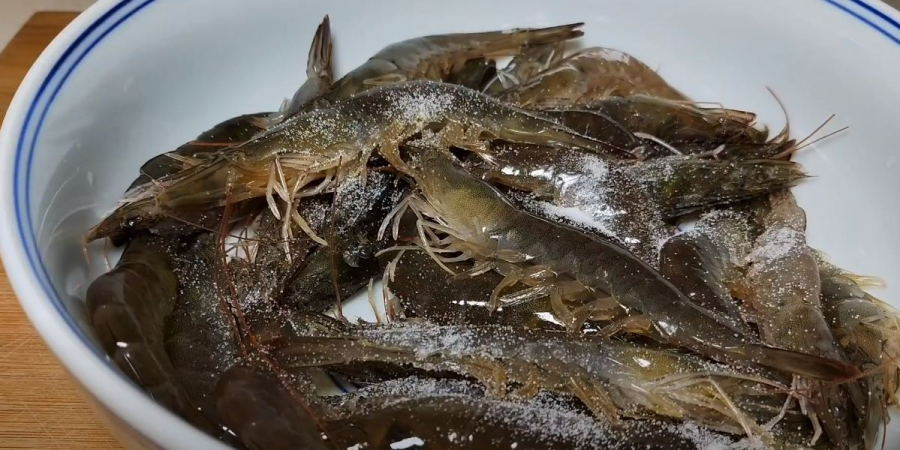
Do not store all the purchased shrimp in the same container, which makes it difficult and time-consuming to thaw for each cooking session. The shrimp that has thawed but has not been cooked will also be affected in terms of quality.
When needed, take the shrimp from the freezer to the refrigerator compartment a few hours in advance or leave it overnight to gradually thaw the shrimp.
How to Choose Fresh Seafood: Important Cabinet Tips
In recent years, concerns have been raised over the practice of injecting urea and chemicals into seafood, making it difficult to find safe and fresh options. To help, DienmayXANH.com offers some tips on how to select the best seafood available. Seafood is a rich, delicious, and nutritious source of food, and this advice will help ensure you make the most of it.


























